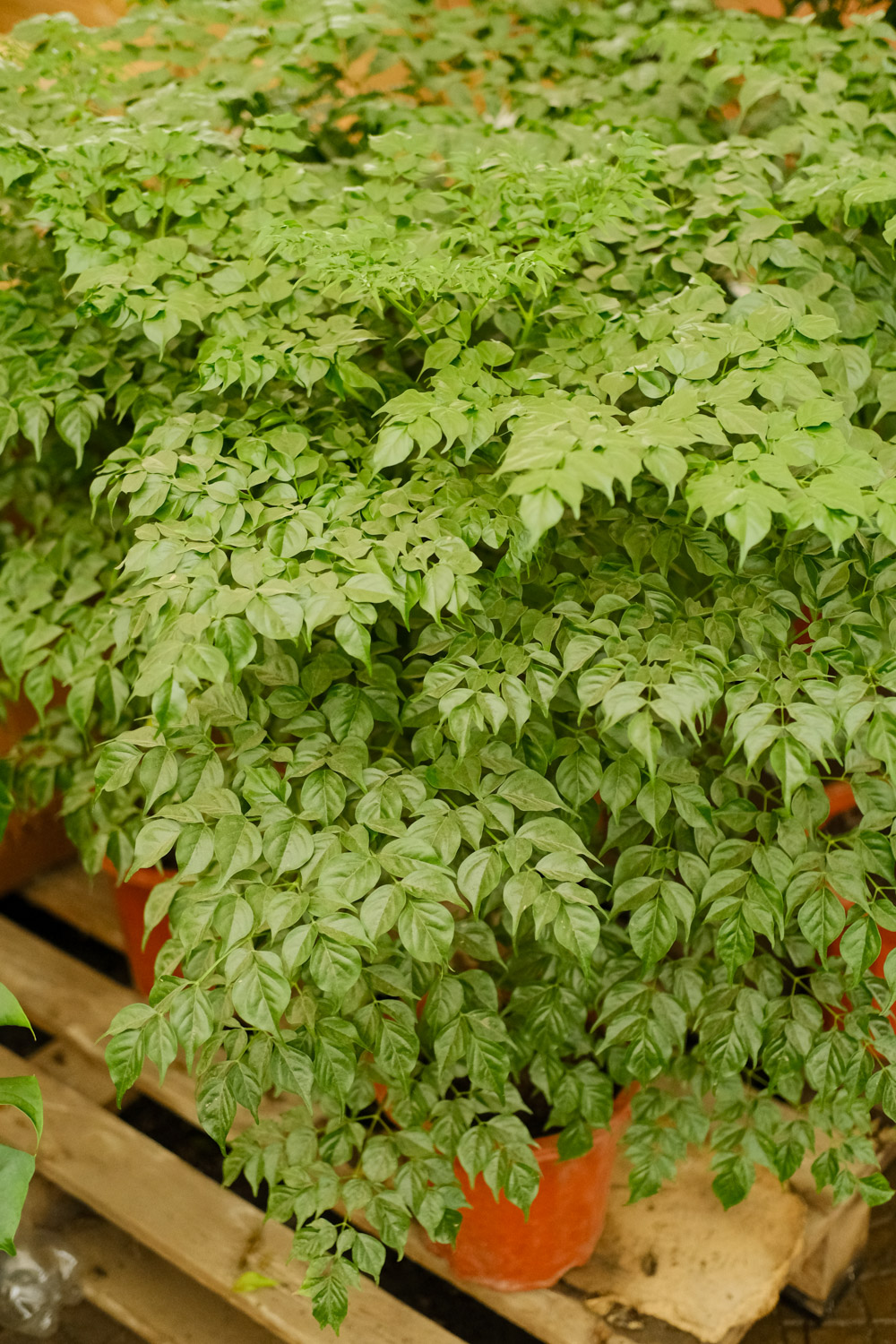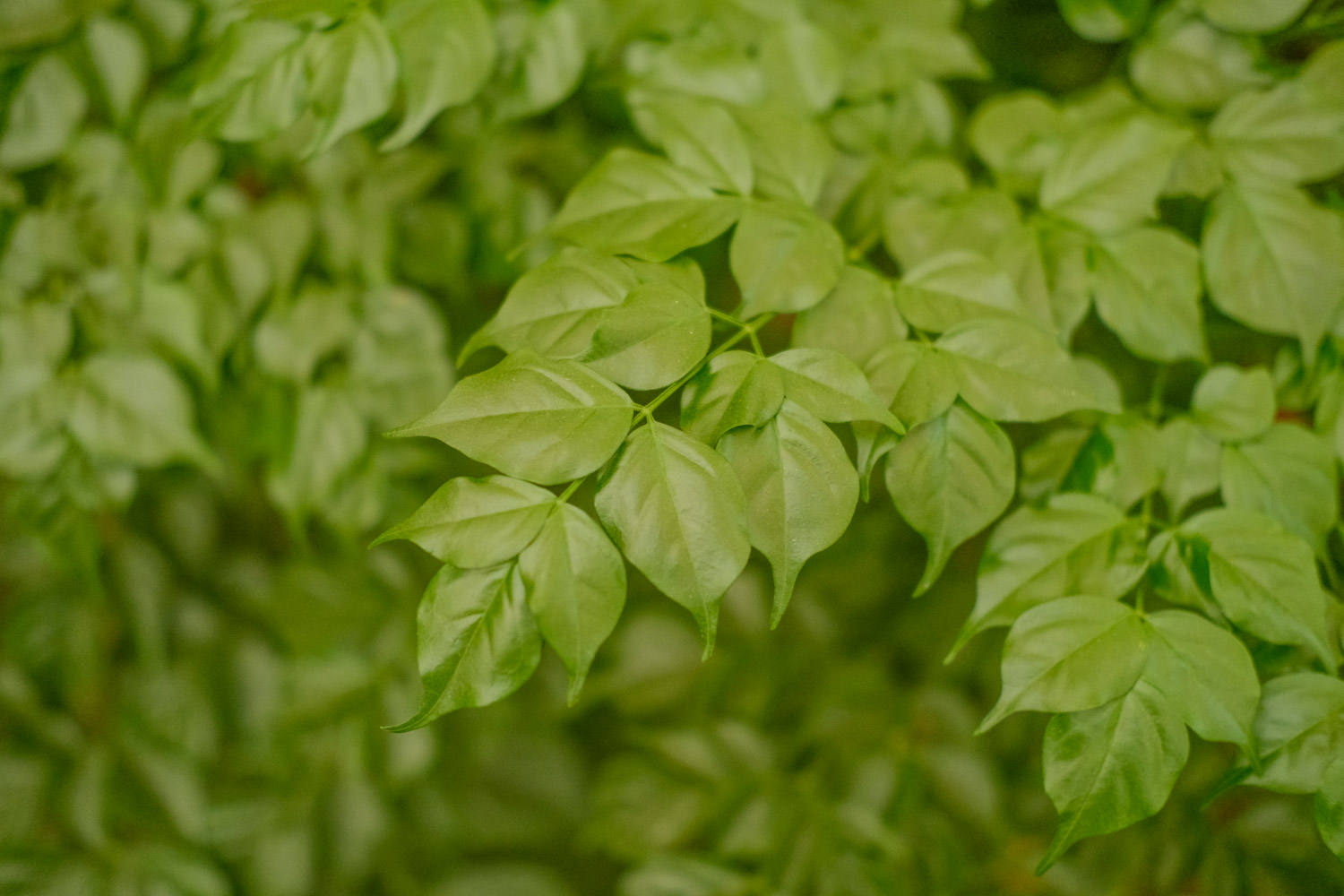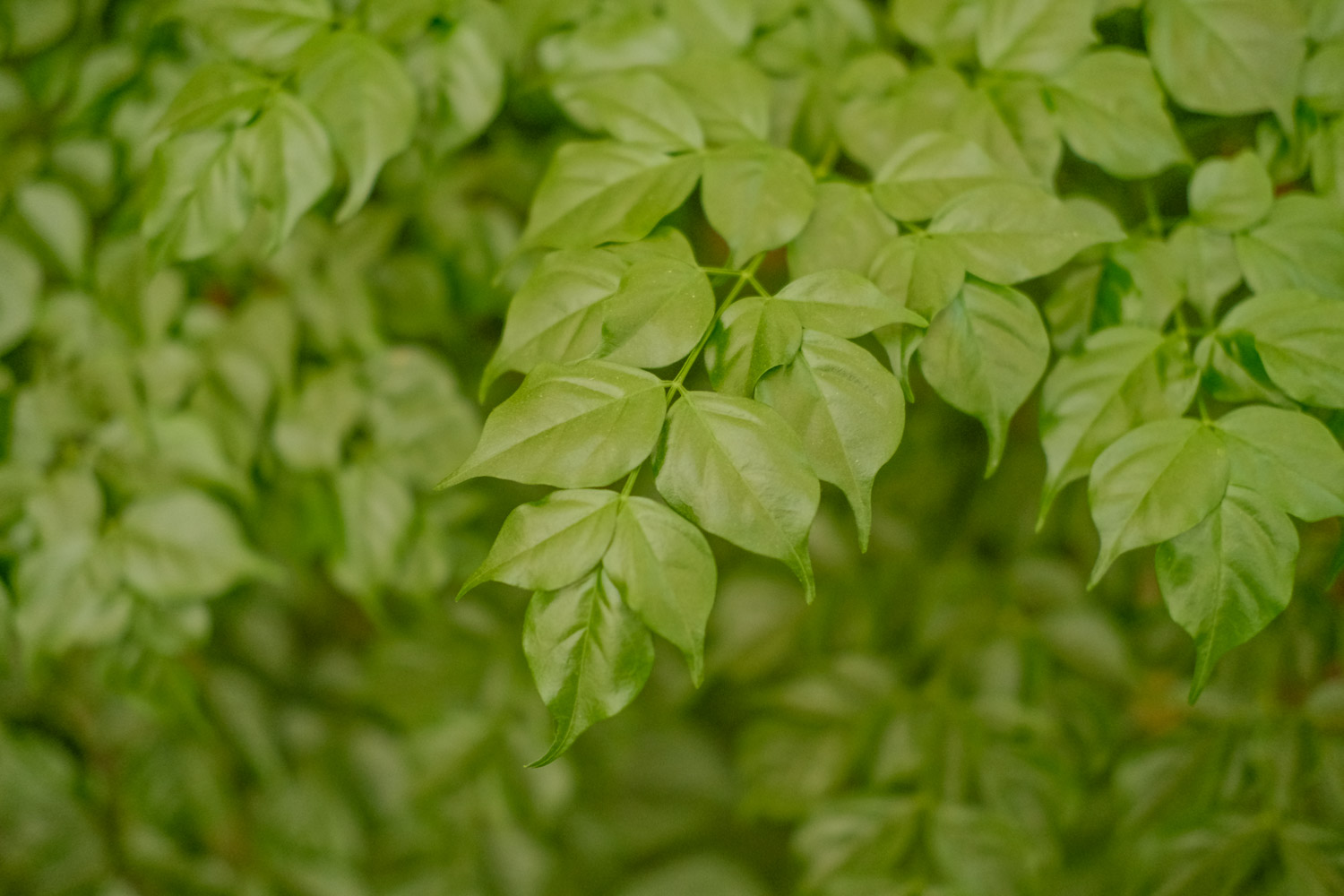1、 Soft soil
Happiness tree is native to tropical and subtropical areas and prefers loose and fertile acid sandy loam. Good drainage is particularly important, which can avoid flooding the roots of plants and reduce the possibility of bacterial breeding and rotten roots. If you prepare basin soil yourself, you generally need to use 5 parts of garden soil, 3 parts of rotten leaf soil, 1 part of rotten organic fertilizer and 1 part of river sand. If conditions permit, you can also mix peat soil and perlite

2、 Sufficient light
Happiness tree is a plant that likes light and is also slightly shade resistant. It can grow in full sunlight or semi shade. It is usually placed in a place with sufficient light. Indoors, it is usually placed in front of the window, but it should be noted that the light intensity should not be too high to avoid sunburn. Generally, proper shade is needed in summer and as much light as possible in winter

3、 Suitable watering
The water demand of happiness tree is different in different seasons. In order to avoid it growing too fast in spring, watering should be controlled to keep the basin soil slightly moist. However, in summer, due to the rapid evaporation of water and high temperature, it is necessary to spray water appropriately to cool down. It is also necessary to reduce watering in winter, and it should be watered at noon on sunny days

4、 Fertilization amount
Happiness tree needs certain nutrients in the growth process, so it should be properly fertilized. Its demand for nitrogen and potassium is relatively large, while the demand for phosphorus is much smaller. Therefore, the proportion of nitrogen, phosphorus and potassium in fertilizer is 100:9:87. When planting, you can bury some compound fertilizer particles, and catch up with quick acting fertilizer once a month during the growth period. Generally, rotten cake fertilizer water is selected. Potassium dihydrogen phosphate should be applied in autumn to improve its cold resistance

 how many times do yo...
how many times do yo... how many planted tre...
how many planted tre... how many pine trees ...
how many pine trees ... how many pecan trees...
how many pecan trees... how many plants comp...
how many plants comp... how many plants can ...
how many plants can ... how many plants and ...
how many plants and ... how many pepper plan...
how many pepper plan...


























